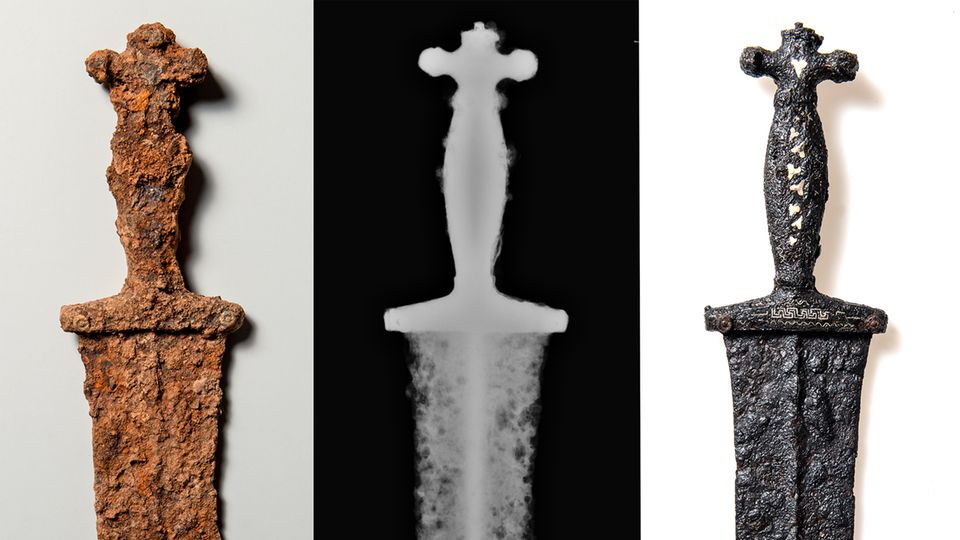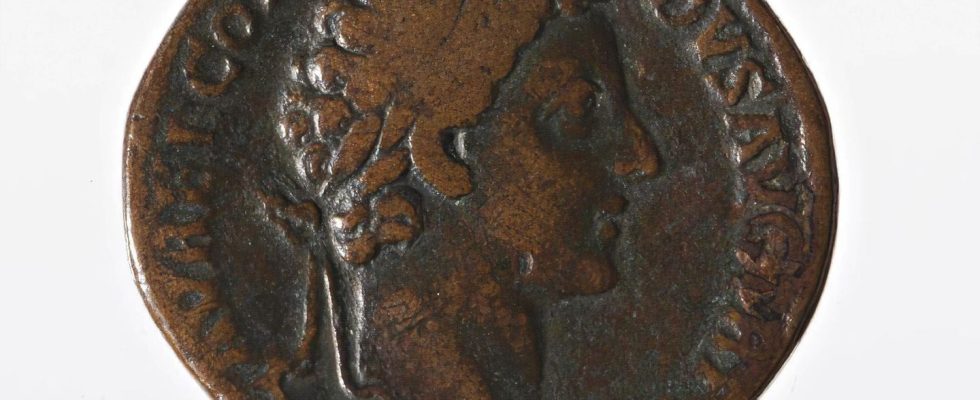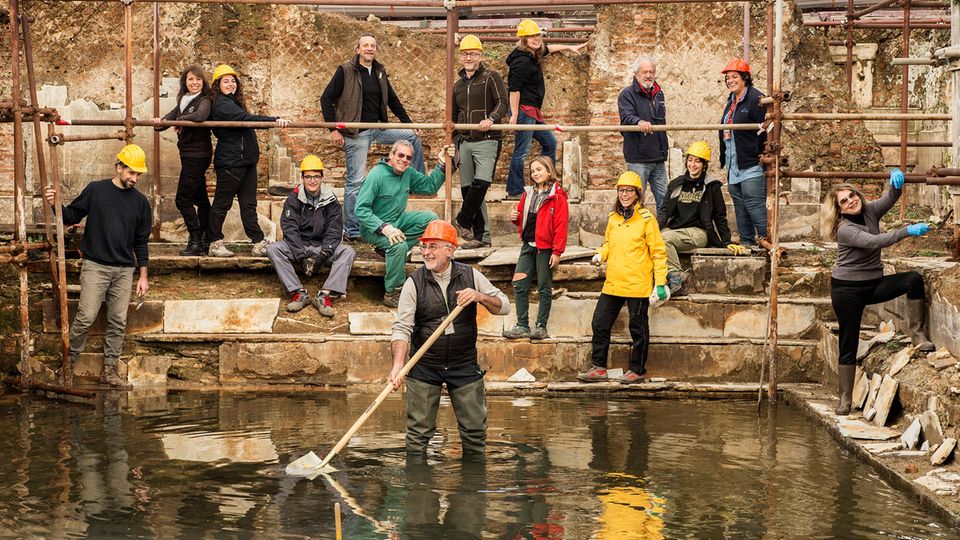archeology
Bremen: Eight-year-old finds 1,800-year-old Roman coin while playing
Ancient coin from Roman times (symbol image): an eight-year-old found a silver denarius from the reign of Roman Emperor Marc Aurel while digging
© Artokoloro / Imago Images
While digging near his hoard, a young man from Bremen discovered an ancient coin. His lucky find will be presented to the public at an official press conference later this week.
An eight-year-old student has in Bremen found an ancient coin from Roman times, as announced by the cultural authority of the smallest federal state in Germany.
The boy had already found the coin in the summer of 2022 in the rather rural Arsten district of the Hanseatic city and sent photos of it to the state archaeologist Prof. Dr. Turned to Uta Hall. She asked him to bring the coin to the Open Monument Day. The boy did this so that the state archeology department could clean and examine the find.
The result: It is a so-called silver denarius from the reign of the Roman Emperor Marc Aurel, who steered the history of the Roman Empire between 161 and 180 AD. more than 1800 years ago.
The cultural authority in Bremen is initially silent about the financial value of the find
The Bremen cultural authority did not provide any information on the financial value of the coin and a possible finder’s fee for the student in its public announcement on Tuesday. On Friday, the piece of silver is to be presented to the public at a press event together with information on the importance of the coin for the place where it was found. According to the information, the young finder will also take part in the presentation.

Roman coins were previously found during an excavation in the city of Bremerhaven, near Bremen, and in the neighboring state of Lower Saxony.
archeology
300 coins in an amphora – the gold treasure of Como
There used to be various Germanic settlements in that region. The coins themselves probably came to the region outside the borders of the Roman Empire as objects of barter or as payment for mercenaries.
Sources: “Weser Courier”AFP, DPA, State Archeology Bremen


